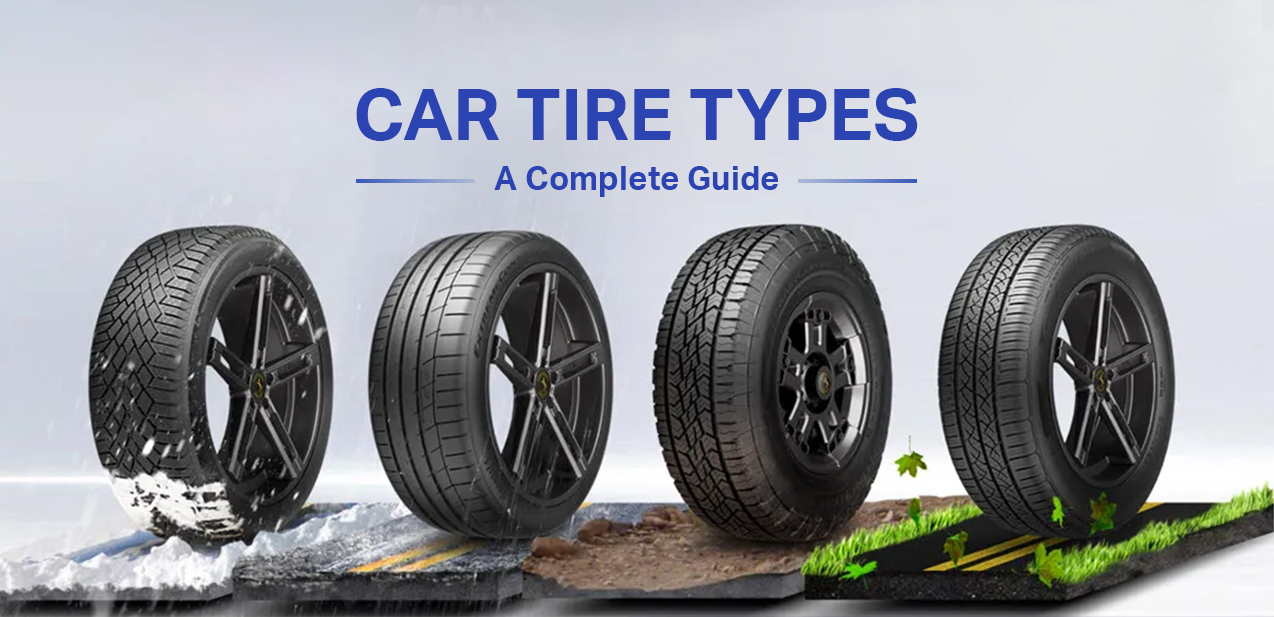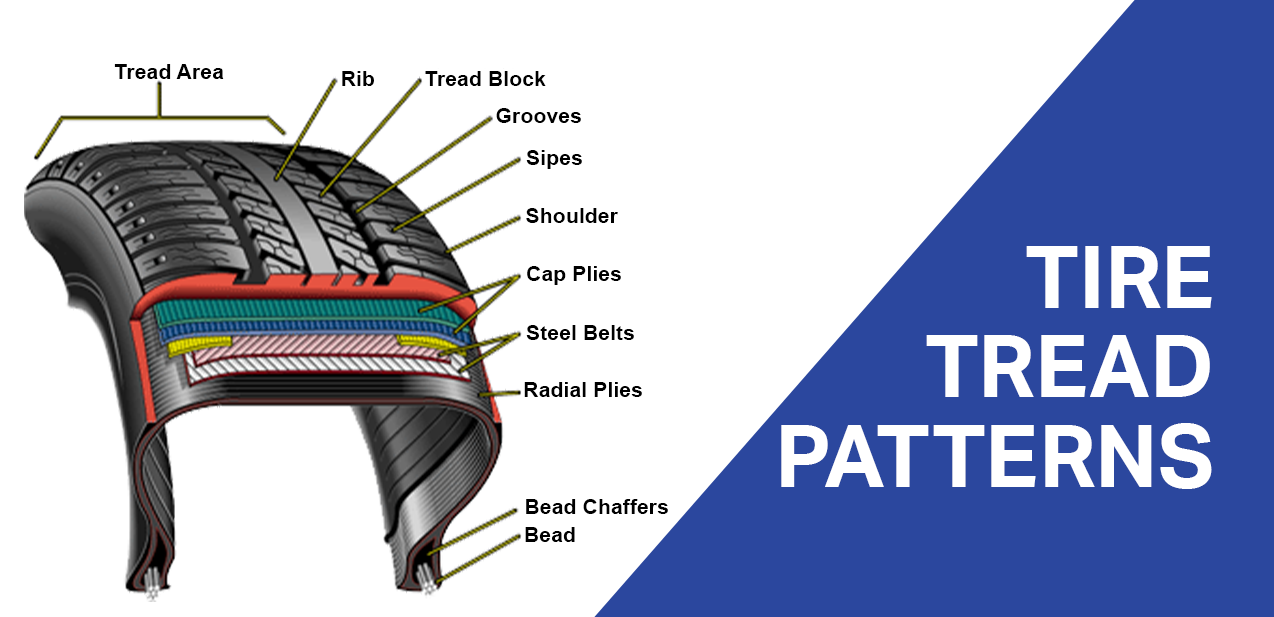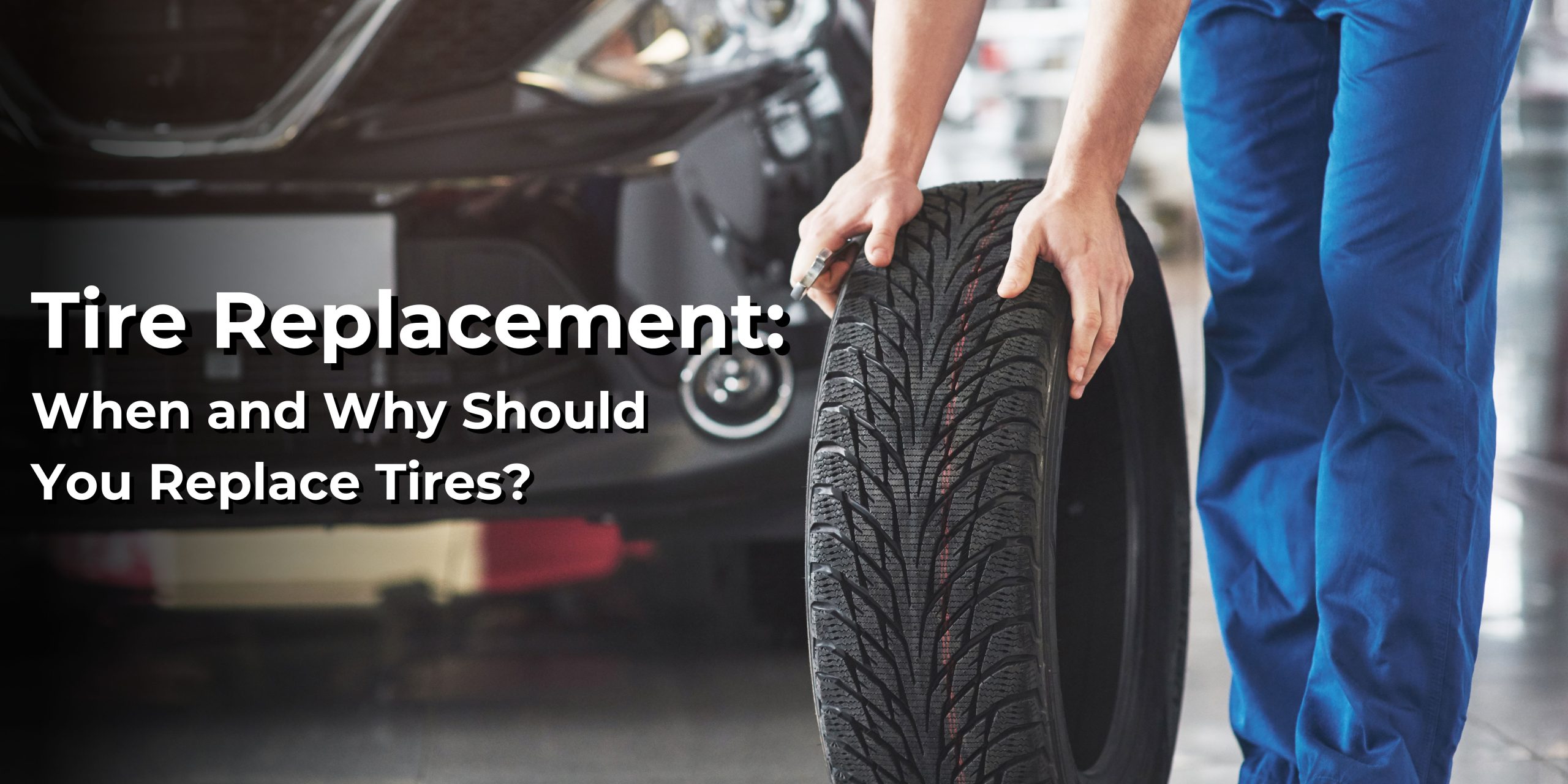
Types of Car Tyres and Their Use
Posted On03.08.2023Tires are the most important aspect of any vehicle, and choosing the right tires is more crucial than you might think. You have to choose the one that is suitable for the climate and terrain that are applicable to you. Tires come in a broad variety of styles and sizes to accommodate a wide range of vehicles and conditions. You may be confused about what to choose for your vehicle, but this article will help you precisely get the one that is best for your wheels.
Picking the right tire can be a daunting task, but it can affect your safety, performance, and fuel efficiency. A number of different tires are available, and each is suited to a specific type of driving condition and vehicle type. Here, you’ll learn about the different types of tires, what they’re good for, and the best way to use them. You’ll also see which vehicles are best for each type.
-
Winter Tires
As you can see, these tires are made to be used in very cold weather situations, such as snow, ice, and slush. They are made of a special kind of rubber that stays flexible even when the temperature is low. This gives them better grip and traction on roads that are wet or slippery.
There are winter tires with deeper tracks and different designs that help them stick to the road and move snow and slush away. They are perfect for drivers who live in areas with icy conditions because they help with control, steadiness, and safety. They are not appropriate for use in hot weather because they wear out quicker and provide less traction on dry roadways.
-
Summer Tires
Summer tires are designed for high speeds and warm weather conditions. They are made from a softer rubber compound, which provides enough support and grip to handle dry and wet conditions. They are inappropriate for use in frigid circumstances as they are not made to offer the grip and flexibility required in extremely low temperatures.
They offer high performance and are capable of coping with temperatures above 7 °C. The soft compound used to make these tyres makes them good for speed and agility. Summer tire treads are excellent at channelling water away and are thus resistant to aquaplaning.
Also check: How Does the Tire Tread Pattern Affect the Car Performance
-
All Season Tires
All-season tires are made to work well and last in a range of weather and road conditions. They are made of harder rubber than summer tires, which makes them last longer and more sturdy. They also have a unique tread design that gives them traction on both dry and wet roads.
All-season tires are a popular choice for drivers who want tires that can handle a wide range of driving situations, such as light snow and rain. They can be used all year in mild areas where winters are not too cold. But they might not work as well in extreme weather, and their grip and driving might not be as good as with tires that are made for specific circumstances.
-
Performance Tires
Performance tires are made for sports cars and other high-performance vehicles that go fast. They are made of softer rubber than all-season tires, so they grip and steer better when it’s dry or wet. They also have a unique tread design that makes them better at high speeds in terms of performance and control.
Performance tires are best for drivers who care more about speed, driving, and performance than about comfort and longevity. They are also a popular choice for track fans and drivers who want their cars to perform as well as possible. But they might not be good for use in cold weather, and they might not grip and steer as well as tires that are made for specific circumstances.
-
Run-Flat Tires
Run-flat tires, also referred to as self-supporting tires, are a specific kind of tire that can keep rolling even after losing air capacity. The reinforced sidewalls of these tires are made to sustain the weight of the car even when the tire is totally empty. Run-flat tires were initially created for military cars, but they have recently gained popularity among consumers.
The ability to continue travelling even after a puncture or other tire injury is one of the primary benefits of run-flat tires. Run-flat tires can also save drivers from having to wait for a lift vehicle or change a tire on the side of the road, both of which are inconvenient. But it’s important to know that run-flat tires may not be as comfortable or easy to drive on as standard tires, and they may be more expensive to replace.
Also Read: Tire Replacement: When and Why Should You Replace Tires?
-
Directional Tires
These tires are designed to rotate only in one direction, as indicated by an arrow on the tire sidewall. These tires are best for dispersing water that can accumulate in the front of the tire. The other advantages of directional tyres are that they are good for reducing road noise and improving directional stability. Drivers who value control and stability in inclement weather conditions can benefit from the outstanding performance and safety benefits offered by directional tires.
Why It’s Important to Choose Tires Carefully
Selecting the right kind of tire for your car is crucial for ensuring your protection, effectiveness, and efficiency while driving. There are four primary kinds of tires to consider -summer, winter, all-season, and performance – each with distinct features and advantages. The best tire to use will depend on various things, including your driving style, the weather, and the sort of vehicle you have. If you know about these things, you can make better decisions and improve your driving safety and performance.



